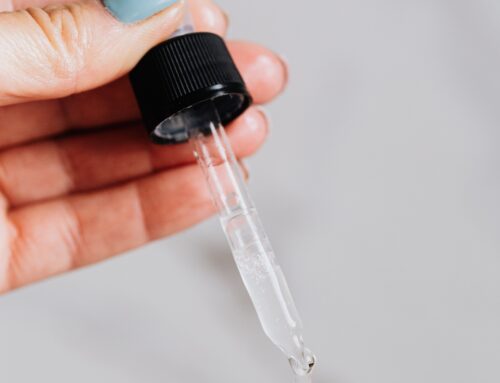Prior to the COVID 19 pandemic, nearly 1 in 5 adults in the US experienced some form of mental illness, with 10.3 million Americans experiencing serious thoughts of suicide. Since the pandemic, these rates have drastically increased with 8 in 10 people surveyed displaying moderate to severe symptoms of anxiety or depression.1 With rates of depression and suicidality skyrocketing, people and pharmaceutical companies alike are seeking more reliable and effective medications to manage these debilitating conditions.2 Esketamine, branded as Spravato by Johnson & Johnson (J&J) was marketed as a novel solution to the mental health crisis and an effective alternative to regular (racemic) ketamine. It was approved by the Food and Drug Administration (FDA) in 2019 for use in adults with treatment-resistant depression (TRD).
What is S-Ketamine?
Esketamine is a derivative of racemic “regular” ketamine known as an enantiomer. Molecules that are enantiomers are mirror images of each other. Simply put, there is a left and right-handed version of the same base molecule, just at inverse orientations of each other. Esketamine, often known as S-ketamine, differs from regular racemic ketamine in the fact that it is essentially just half of the mixture. Racemic ketamine consists of roughly a 50/50 mix of two enantiomers, S-ketamine and arketamine, also known as R-ketamine. J&J developed a technique to filter out and discard the R-ketamine. This new processing technique is what allowed J&J to patent S-Ketamine as a novel drug formulation.
The metrics of S-Ketamine (esketamine) therapy
When S-ketamine was first approved by the FDA, many people were excited about the prospect of on-label ketamine treatment, yet the execution and accessibility issues that plague this new treatment dampened that initial optimism. S-ketamine comes solely in the form of a nasal spray dosed at either 56 or 84mgs, which costs a patient or their insurance $590 or $885 per dose. Since most patients are advised to seek treatment twice a week for their first month, the cost of the medication alone can range from $4720-$6785 for just one month.4 In contrast, the entire price of a racemic ketamine session, that is both the price of the drug and the medical treatment, can be as low as $350 and can be administered in a variety of ways, Lozenge, and nasal spray just to name a few.5 Given the steep price per dose, one would assume that S-ketamine is more effective or possesses noteworthy qualities when compared to racemic ketamine, however, this is not the case. 6 In fact, studies suggest that R-ketamine, the compound J&J discards in their formulation of S-ketamine, is actually a longer-lasting and more potent antidepressant than S-ketamine.7 This makes sense when you also consider that studies found racemic “regular” ketamine to be a higher efficacy treatment for depression than S-ketamine alone. 8 Keeping this in mind, it’s no surprise researchers ruled S-ketamine an ineffective treatment at its current cost, citing that only after a 40% reduction in price would S-ketamine become a cost-effective treatment method.9 With a staggering price per dose and questionable efficacy compared to well-established racemic ketamine treatment, one begins to question the motives of those who produce and push so heavily for S-ketamine treatment. If regular racemic ketamine has effective, reliable results and is more affordable, why make the switch?
References
1. Mental Health America. (2021). The State of Mental Health in America | Mental Health America.Mhanational.org.https://mhanational.org/issues/state-mental-health-america
2. Martínez-Alés, G., Jiang, T., Keyes, K. M., & Gradus, J. L. (2021). The Recent Rise of
Suicide Mortality in the United States. Annual Review of Public Health, 43(1).
https://doi.org/10.1146/annurev-publhealth-051920-123206
3. Eichelbaum, M. (1992). Enantiomers: implications and complications in developmental
pharmacology. Developmental Pharmacology and Therapeutics, 18(3-4), 131–134.
https://pubmed.ncbi.nlm.nih.gov/1306801/
4. NPR Choice page. (2019). Npr.org. https://www.npr.org/sections/health-
shots/2019/03/05/700509903/fda-clears-esketamine-nasal-spray-for-hard-to-treat-
depression
5. Ziegler, L., Peters, E., Wanson, A., & Halpape, K. (2021). Compounded intranasal
racemic ketamine for major depressive disorder: A case report. Experimental and
Clinical Psychopharmacology, 29(6), 750–754. https://doi.org/10.1037/pha0000437
6. Gastaldon, C., Papola, D., Ostuzzi, G., & Barbui, C. (2019). Esketamine for treatment
resistant depression: a trick of smoke and mirrors? Epidemiology and Psychiatric
Sciences, 29. https://doi.org/10.1017/s2045796019000751
7. Yang, C., Shirayama, Y., Zhang, J-c., Ren, Q., Yao, W., Ma, M., Dong, C., &
Hashimoto, K. (2015). R-ketamine: a rapid-onset and sustained antidepressant without
psychotomimetic side effects. Translational Psychiatry, 5(9), e632–e632.
https://doi.org/10.1038/tp.2015.136
8. Bahji, A., Vazquez, G. H., & Zarate, C. A. (2020). Comparative efficacy of racemic
ketamine and esketamine for depression: a systematic review and meta-analysis. Journal
of Affective Disorders, 12473. https://doi.org/10.1016/j.jad.2020.09.071
9. Ross, E. L., & Soeteman, D. I. (2020). Cost-Effectiveness of Esketamine Nasal Spray for
Patients With Treatment-Resistant Depression in the United States. Psychiatric Services,
71(10), 988–997. https://doi.org/10.1176/appi.ps.201900625



